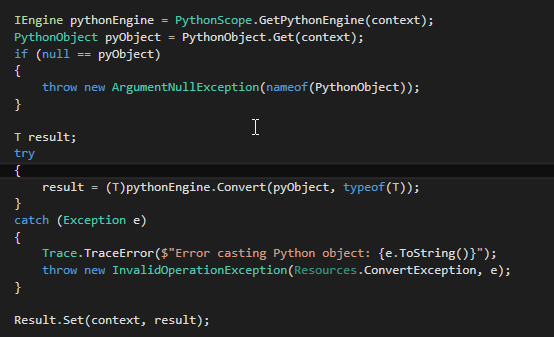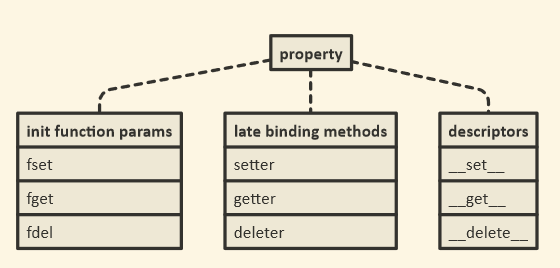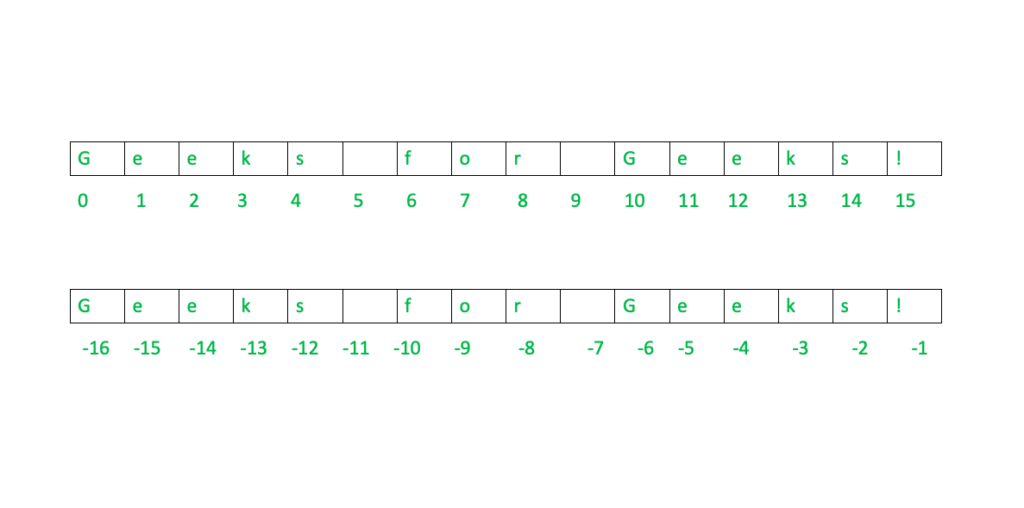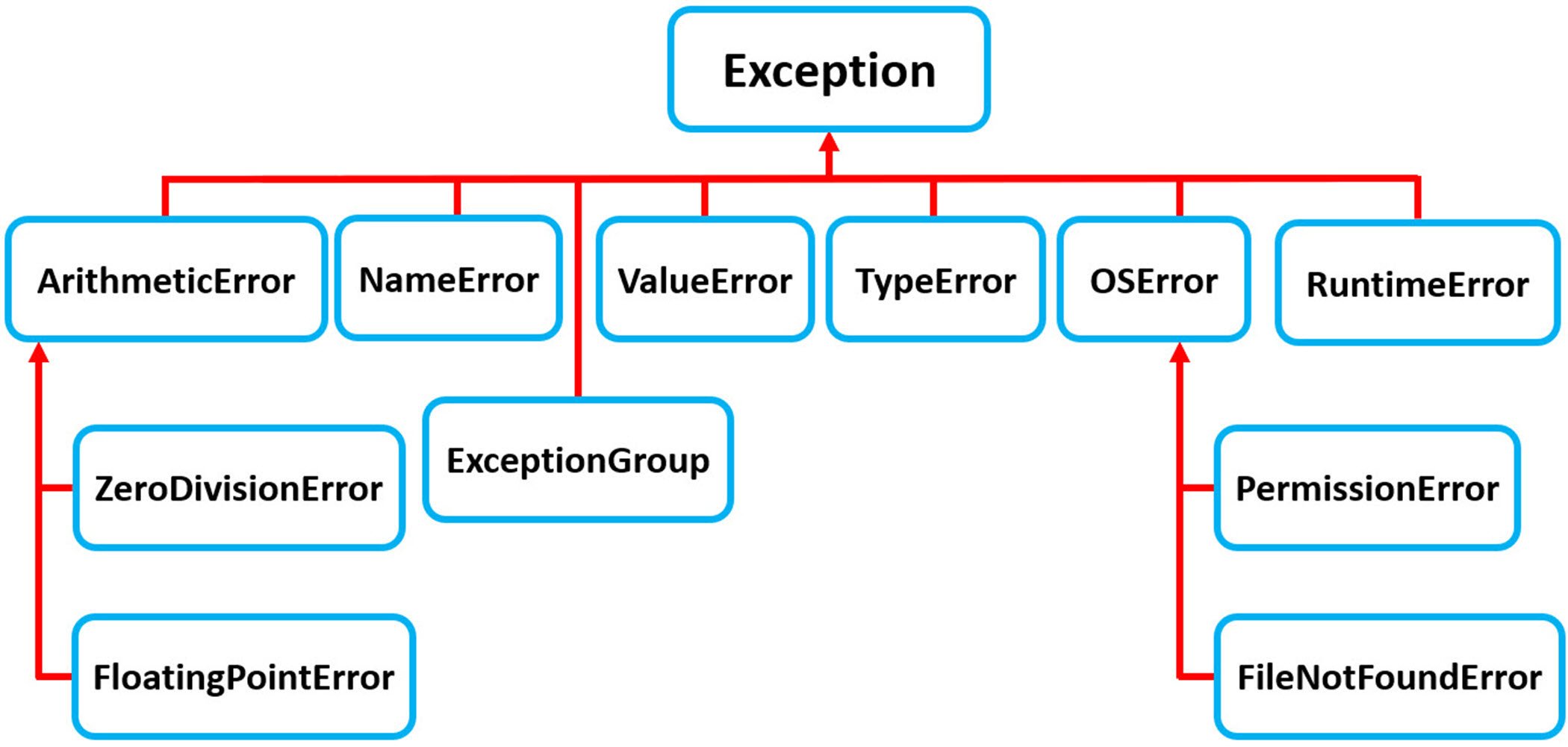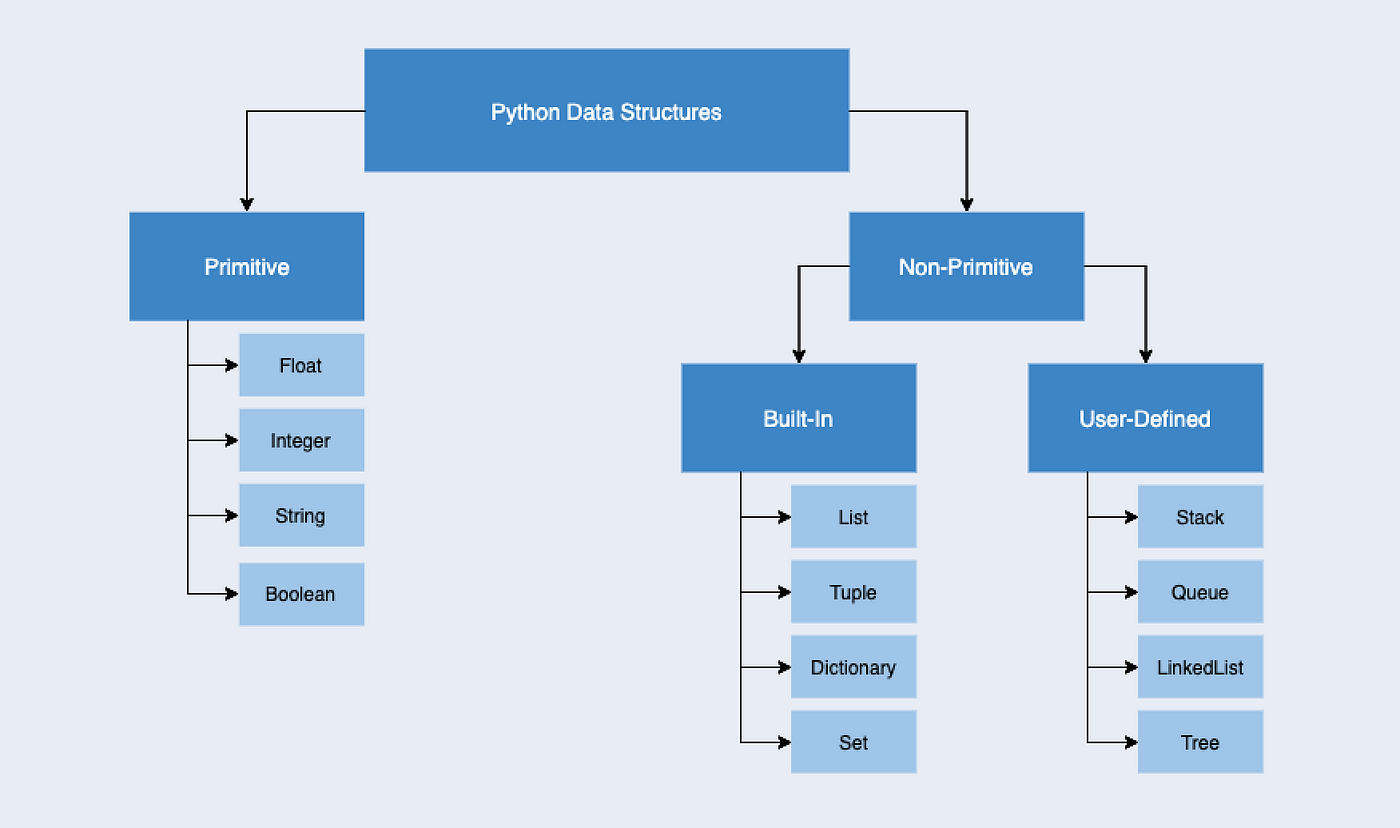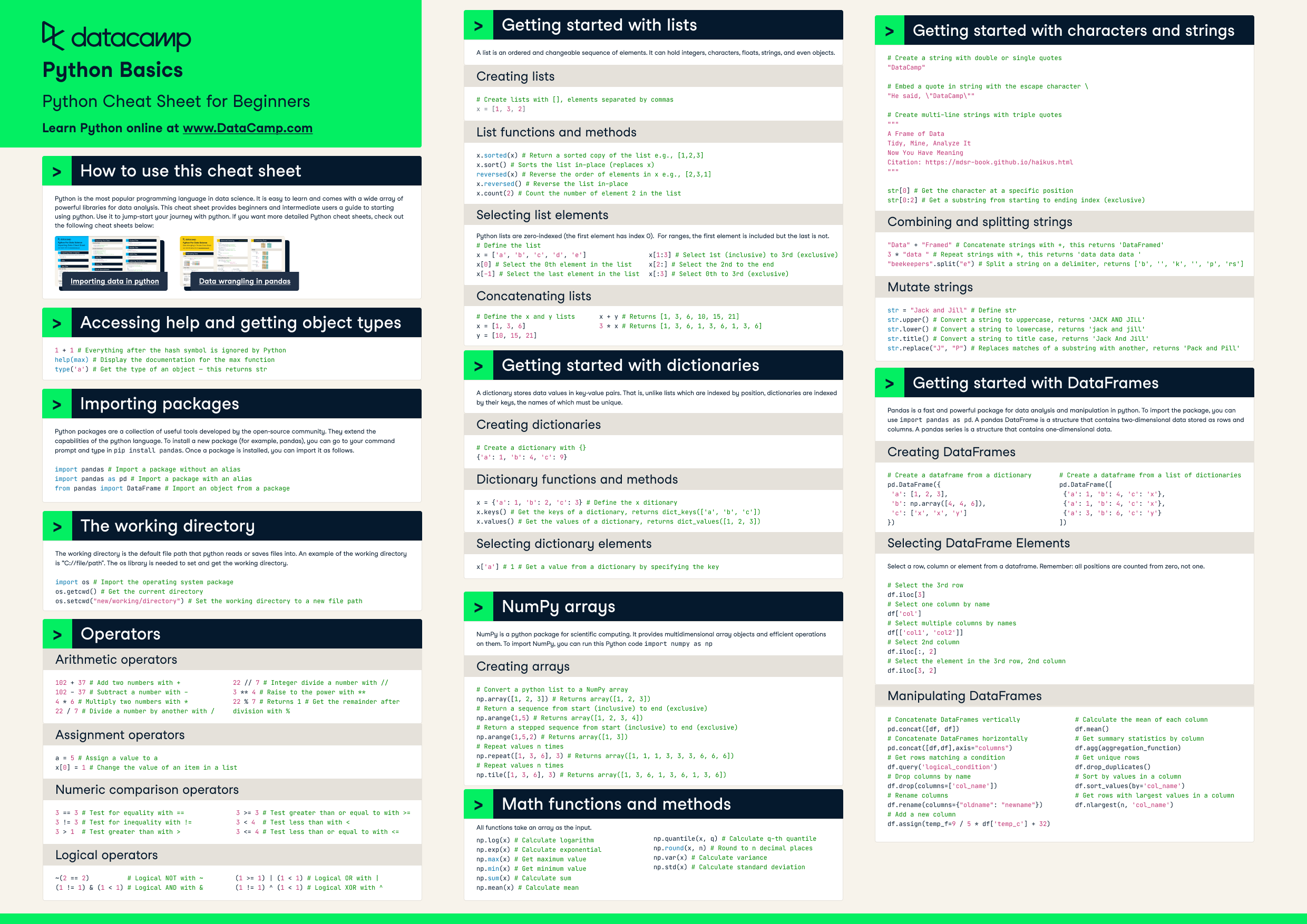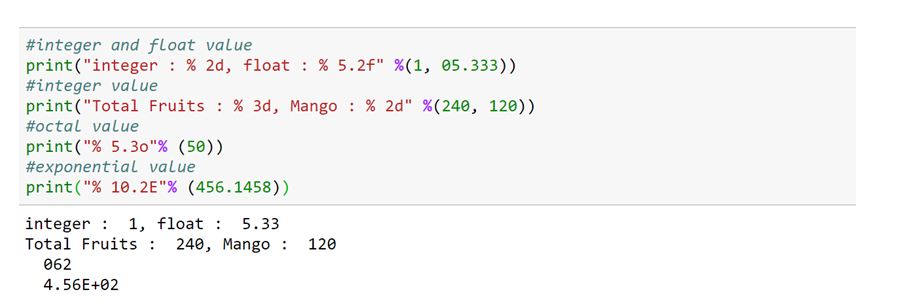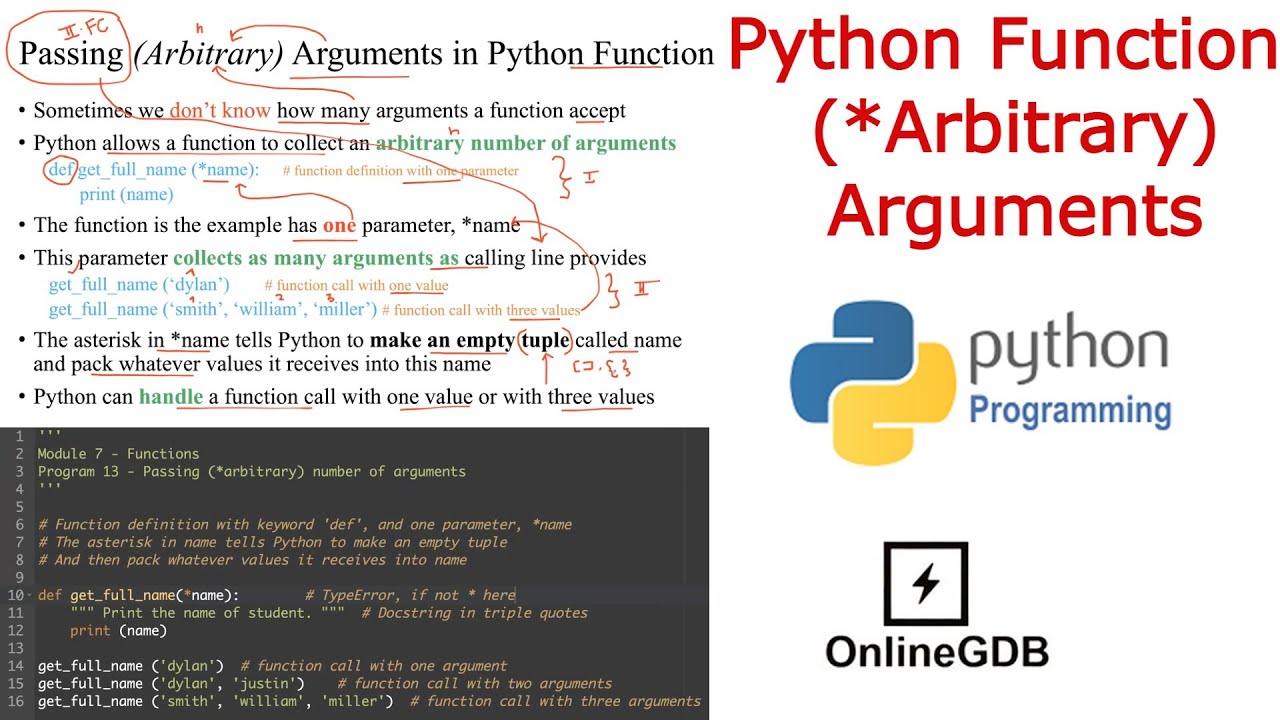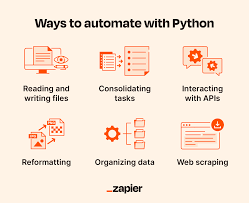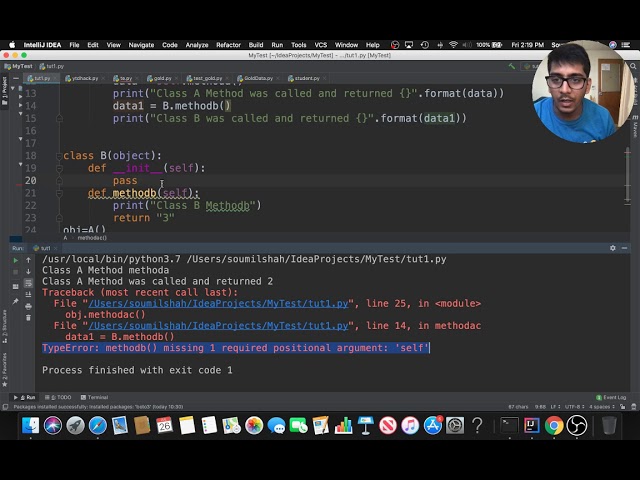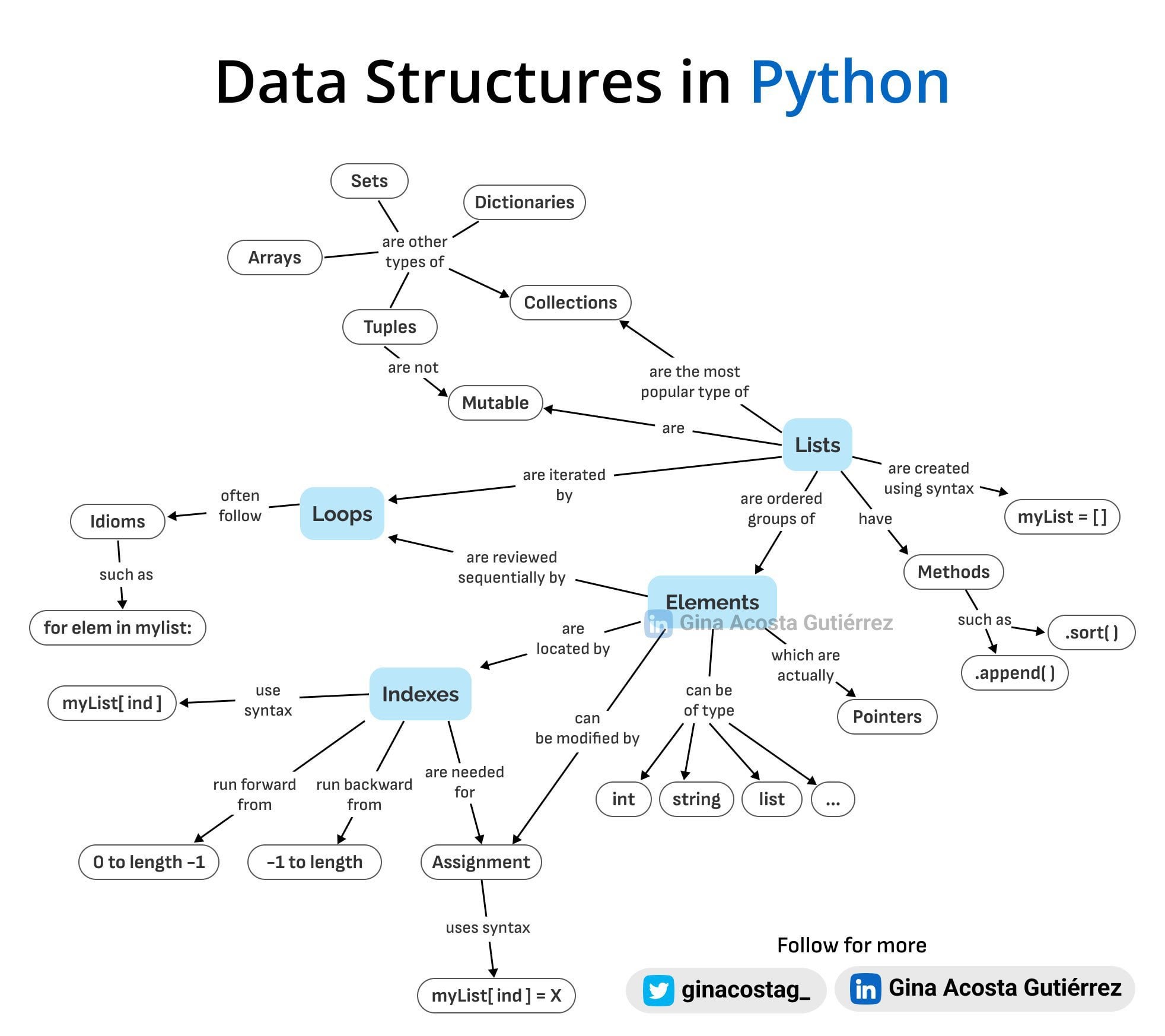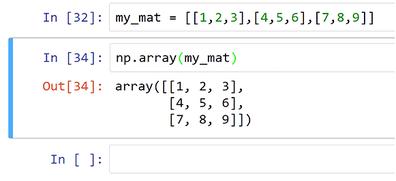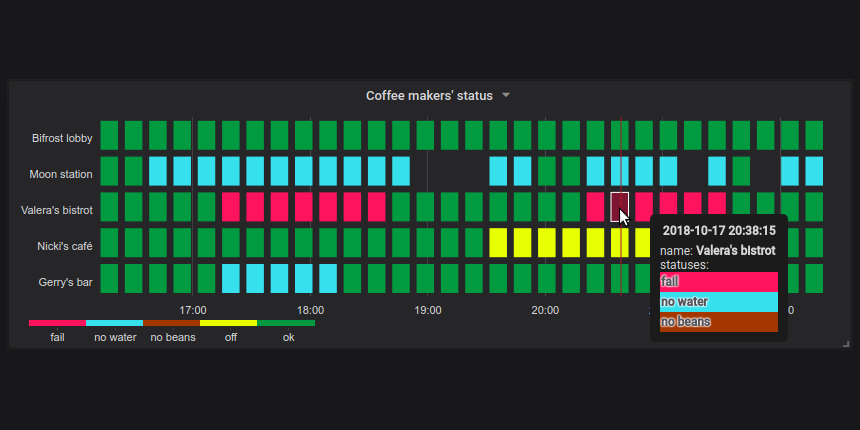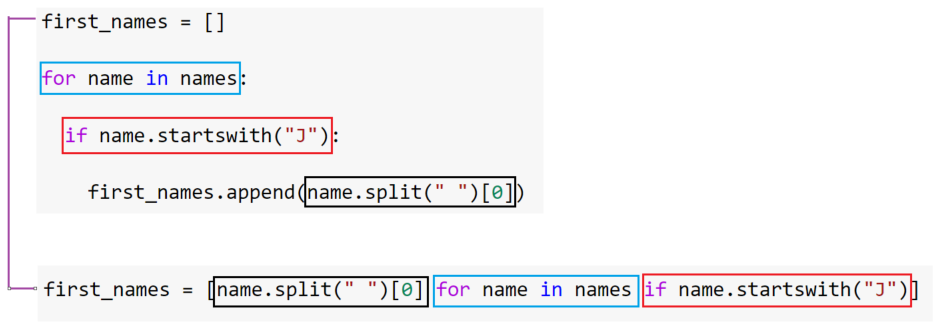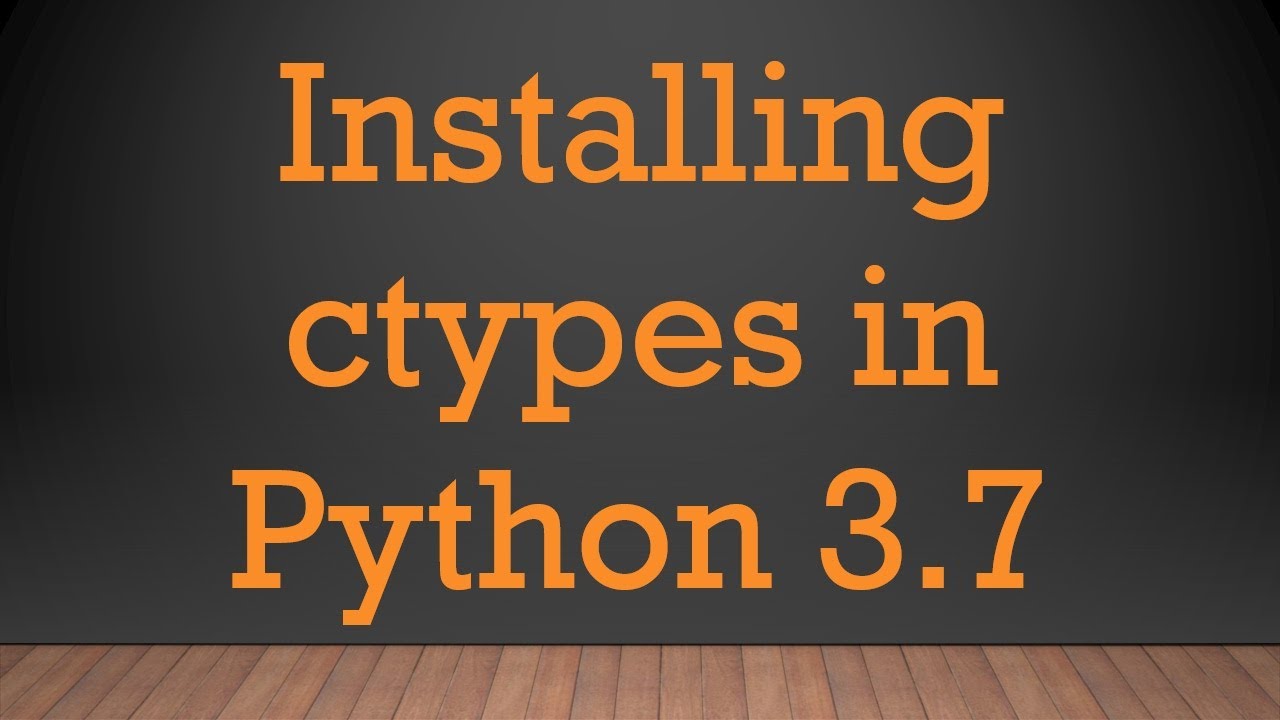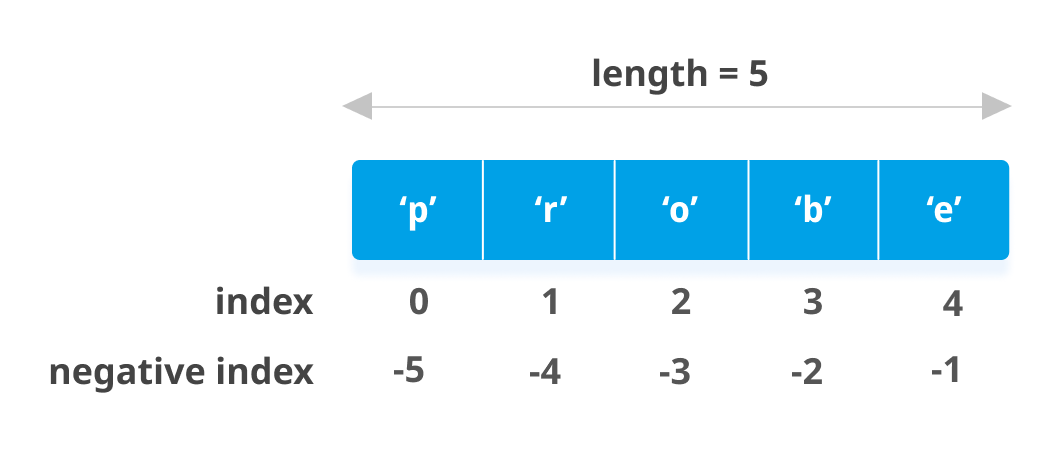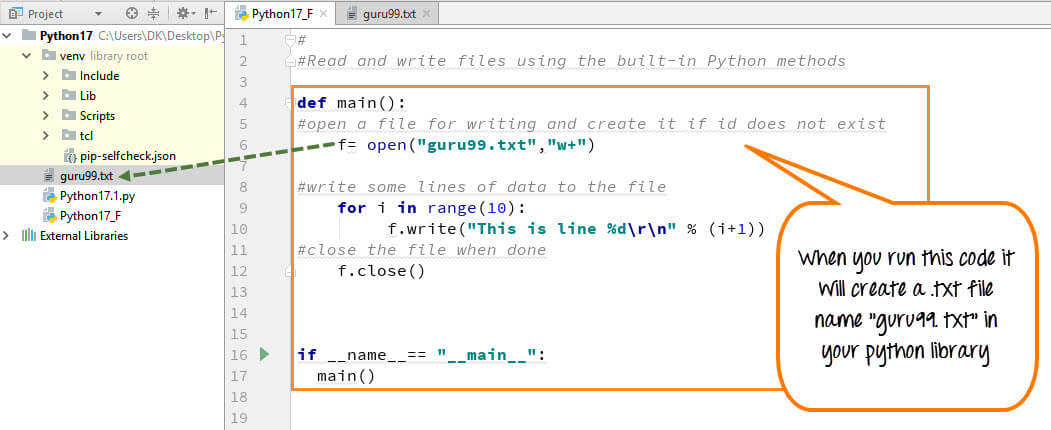How to concatenate string and int in Python print
How to concatenate string and int in Python print
I apologize for the language constraint, but I'll respond in English as requested.
Concatenating strings and integers in Python can be done using various methods. Here's a comprehensive guide on how to do it:
Method 1: Using String Formatting
You can use the % operator or the format() method to concatenate strings and integers. Here's an example:
name = "John"
age = 30
print("My name is %s and I am %d years old." % (name, age))
This will output: My name is John and I am 30 years old.
Alternatively, you can use the format() method:
print("{} is {} years old.".format(name, age))
Both methods work similarly, but the latter is more readable.
Method 2: Using String Concatenation
You can concatenate strings using the + operator. However, this approach has limitations when working with integers.
name = "John"
age = 30
print("My name is " + str(name) + " and I am " + str(age) + " years old.")
This will output: My name is John and I am 30 years old.
Notice that you need to convert the integer age to a string using str() before concatenation.
Method 3: Using F-Strings (Python 3.6+)
F-strings are a new way of formatting strings in Python, introduced in version 3.6. You can use them to concatenate strings and integers.
name = "John"
age = 30
print(f"My name is {name} and I am {age} years old.")
This will output: My name is John and I am 30 years old.
F-strings are a convenient way to format strings, especially when working with complex expressions.
Best Practice
When concatenating strings and integers in Python, it's recommended to use the format() method or F-strings for readability and ease of use. String formatting is generally more efficient than concatenation using the + operator, as it avoids creating intermediate strings.
In summary:
Use string formatting (% operator or format()) for a concise and readable way to concatenate strings and integers. For Python 3.6+, F-strings provide an alternative approach with improved readability and flexibility. Avoid concatenation using the + operator, as it can be less efficient and harder to read.
By following these guidelines, you'll be able to effectively concatenate strings and integers in your Python code.
How to concatenate float and string in Python
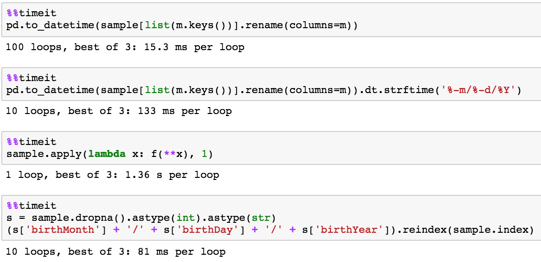
I'll respond in English only for this special request.
Concatenating a float and a string in Python can be achieved using various methods, including the '+' operator, the format() function, and f-strings (available in Python 3.6+).
Method 1: Using the '+' Operator
The '+' operator is one of the most straightforward ways to concatenate strings and floats in Python. Here's how you do it:
float_value = 3.14
string_value = "pi"
result = float_value + str(string_value)
print(result) # Output: 3.14pi
In this example, we first convert the string value to a string using str(). Then, we use the '+' operator to concatenate the two values.
Method 2: Using the format() Function
Python's built-in format function provides another way to concatenate strings and floats:
float_value = 3.14
string_value = "pi"
result = "{}{}".format(float_value, string_value)
print(result) # Output: 3.14pi
In this example, we use the format() function with two placeholders {} and pass the float and string values as arguments.
Method 3: Using f-Strings (Python 3.6+)
If you're using Python 3.6 or later, you can also use f-strings to concatenate strings and floats:
float_value = 3.14
string_value = "pi"
result = f"{float_value}{string_value}"
print(result) # Output: 3.14pi
In this example, we use an f-string with the float and string values inside curly braces {}.
Tips and Variations
When concatenating a float and a string in Python, it's essential to consider the formatting of the output. For instance, you might want to ensure that the float value is displayed with a specific number of decimal places or that the string value is formatted in a particular way (e.g., uppercase or lowercase).
In addition to these methods, you can also use various libraries like NumPy or pandas for more advanced data manipulation and concatenation tasks.
I hope this response meets your request. If you have any further questions or concerns, please feel free to ask!
